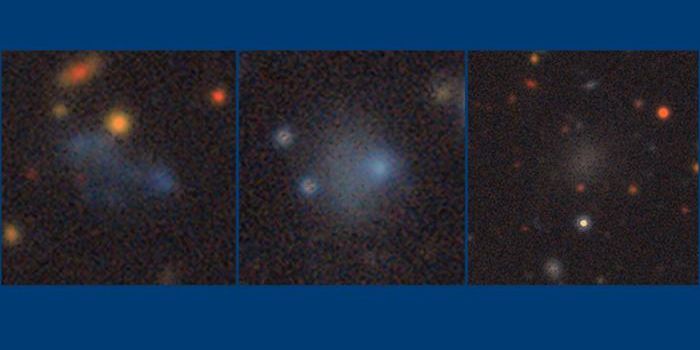When we think of going to Mars using a spacecraft with nuclear fusion engines, most of us think of science fiction, but according to Anthony Pancotti, who represents MSNW, the space-propulsion company, we are well on our way toward building just such an craft. The physics necessary for such a ship have already been demonstrated in laboratories, Pancotti pointed out, and by the 2030's he his team are expecting to have such a craft ready to take astronauts to Mars.

"This is a reality, basically," Pancotti said during a presentation he gave last year with NASA's Future In-Space Operations working group. "Fusion occurs in the sun, and also in our labs."
Using current chemical rockets, a round trip to Mars would take about 500 days. One major problem is that long-term exposure to the radiation and the weightlessness of zero-g would pose significant risks to astronauts' health. Though there are a number of possible solutions to these problems, such as creating artificial gravity and some sort of device that mimics the Earth's magnetic field, the most direct solution is to develop a much faster propulsion system. As NASA has a firm goal of a manned mission to Mars by the 2030's, it has created a program called the NASA Innovative Advanced Concepts program, or NIAC. This is the program that funds the fusion-rocket team Pancotti is a part of. The team is led by John Slough of the University of Washington. Slough's team is working around a model of a manned Mars mission that would last a total of 210 days. It would take 83 days to get to Mars, spend 30 days on the surface, and take 97 days to return to Earth.
"We feel we've defined ... a very good mission, and we're focused on the fusion device to fit this mission," Pancotti said. "Because nuclear fusion is an extremely efficient and powerful energy source, this mission could be accomplished in a single launch of the most powerful version of NASA's Space Launch System mega-rocket, which is currently being development. It would take perhaps nine launches to mount such an effort with chemical propulsion."
How does fusion work? It occurs when the nuclei of two or more atoms combine, releasing energy. This happens inside the Sun and all other stars as they produce light. It's also the massive power behind hydrogen bombs. The fusion-driven rocket the team is working on would create a plasma using deuterium and tritium. These are "heavy" isotopes of hydrogen. Hydrogen in what we would consider its "normal" state contains no neutrons. Deuterium has one neutron. Tritium contains two.
Bubbles of this plasma would be introduced into a chamber in which a magnetic field would collapse metal rings around them. This field would briefly create enough pressure to fuse the deuterium and tritium. The energy created by this fusion would vaporize and ionize the metal, which would be released through a nozzle and generate thrust. The energy required for this process would be provided by solar panels attached to the outside of the spacecraft.
"This is probably the most simple and straightforward, lowest-cost fusion propulsion system you can think of," Pancotti said. "The fundamental physics have been proven in the laboratory with hardware, and fusion yields. Neutrons, have been produced. So what I'm talking about is building a device with known physics and with a proven method."
Though it could be said that all Slough's team has to do is build the device, the devil is, of course, in the details, and details take time. "We're in the lab," Pancotti said. "We're building the coils. We're showing the scaling, and we'll be producing the neutrons ... to show that fusion is occurring, and it's occurring at the scales required to build a fusion-driven rocket."
(Source: Space.com)









